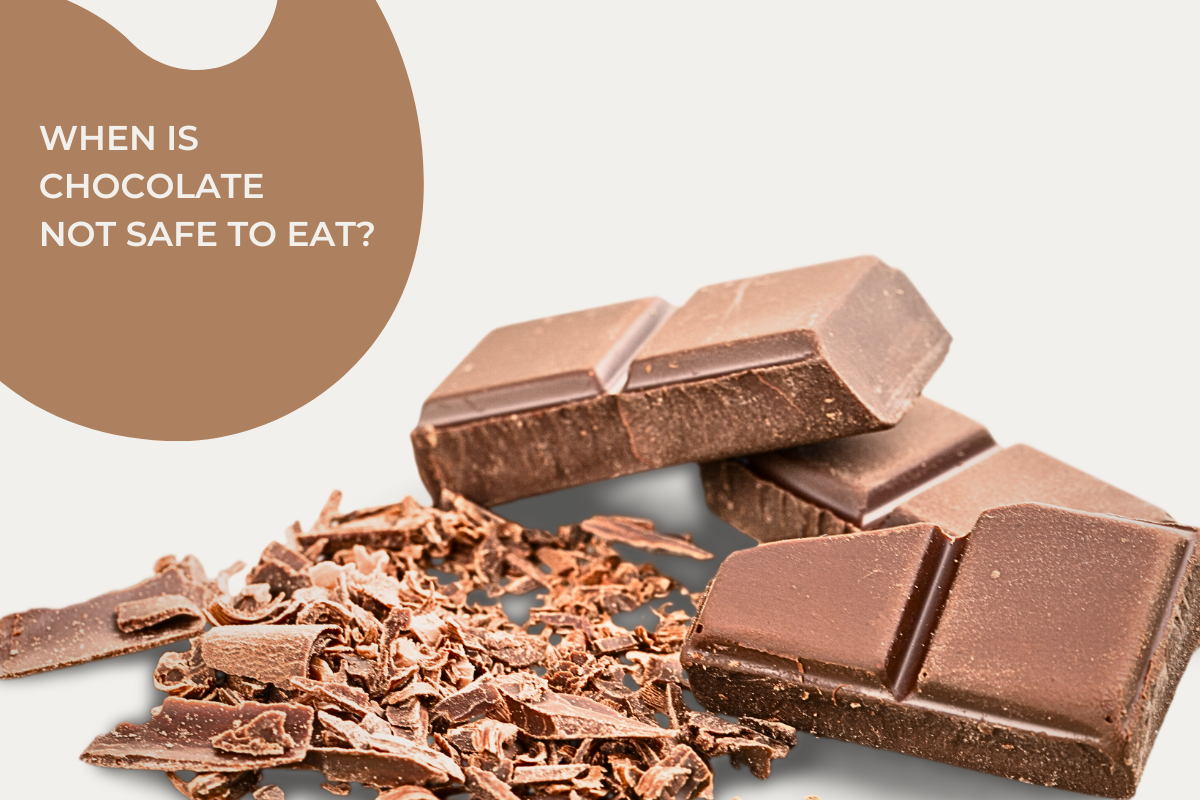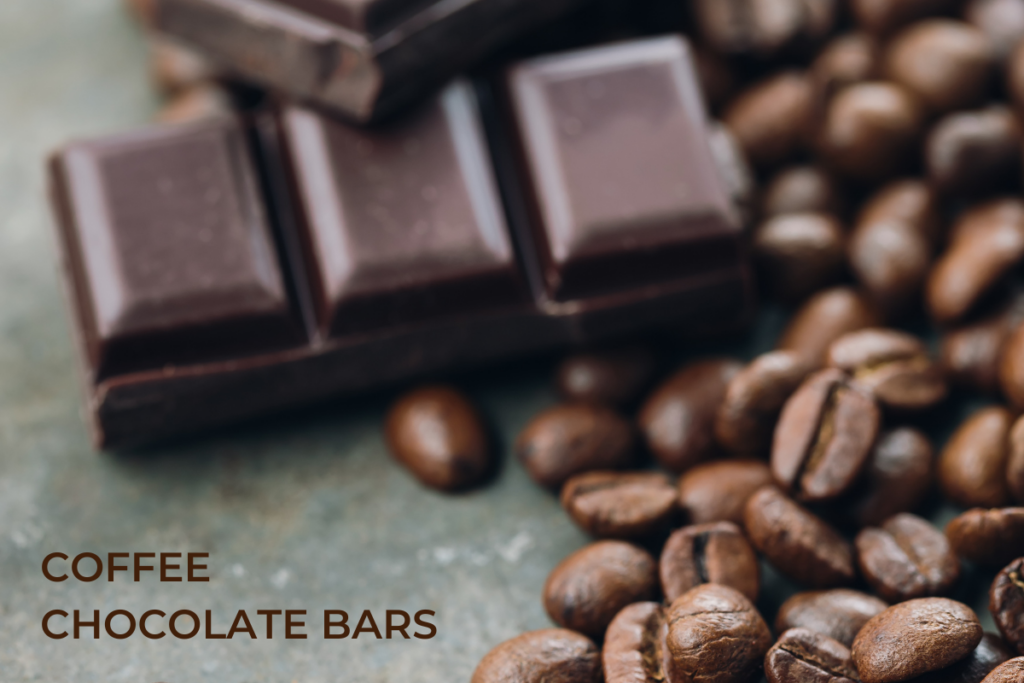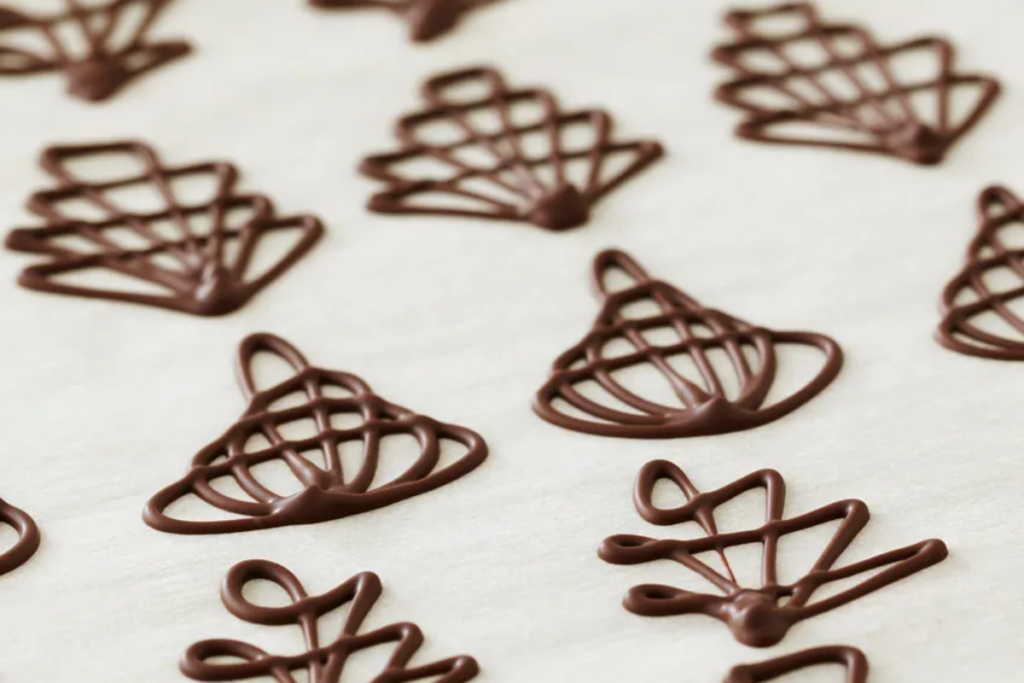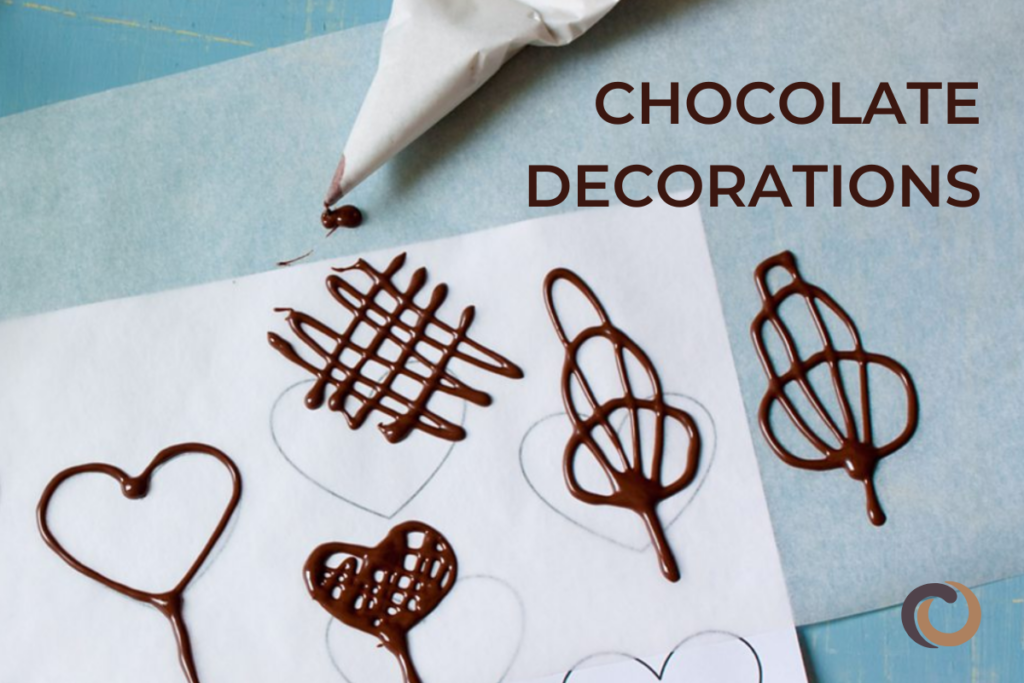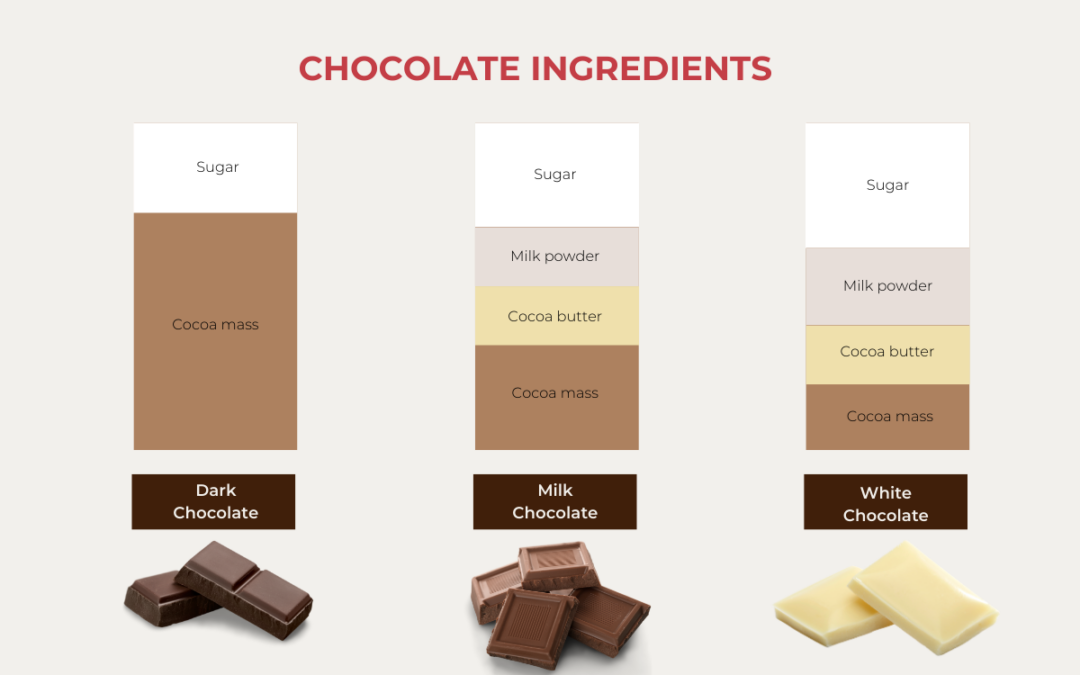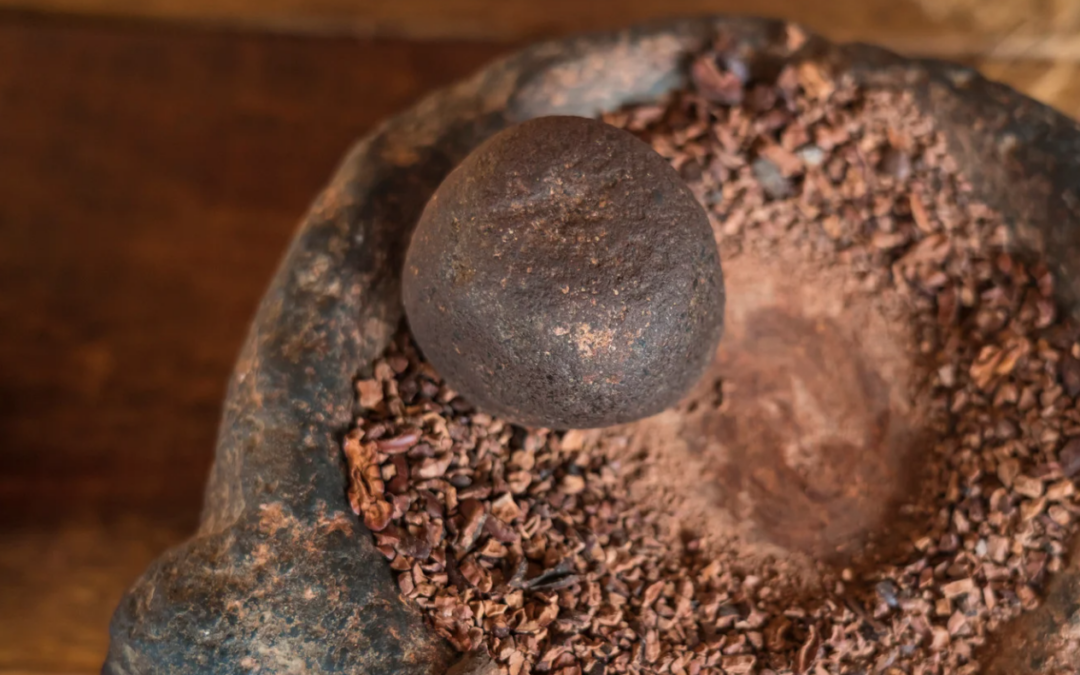Chocolate is a favorite treat loved by people everywhere, but like any food, it can sometimes go bad and be unsafe to eat. While we often enjoy its rich, sweet taste without worry, there are times when chocolate might not be good for our health. This could be because it wasn’t stored properly, became contaminated, or has certain ingredients that could be harmful. Knowing when chocolate is safe to eat and when it’s not safe to eat is important for staying healthy. In this article, we’ll look at some warning signs that your chocolate should be dumped rather than eaten, and how to minimize these risks.
When is chocolate not safe to eat?
Chocolate can become unsafe to eat under several circumstances:
- Recalled Chocolate: If your chocolate has been recalled by the manufacturer, you should throw it out or return it to the store for a refund.
- Infestation: If your chocolate has been infested with bugs or larva, it’s best to throw it out (unless that is an intentional inclusion, like the To’ak chocolate bar featuring lemon ants!). Rodents also like to nibble on chocolate so if it’s been left out (particularly overnight) and you notice some nibbles, throw it out.
- Mold Growth: Chocolate exposed to moisture can grow mold, which can be dangerous if eaten. Mold growth is less common in regular chocolate bars and more likely in chocolate confections that are filled with creams and fruit centers.
- Contamination: Chocolate contaminated by pests, chemicals, or other foreign substances should be avoided and can be dangerous for your health.
While uncommon, if you notice anything unusual, check your chocolate for signs of spoilage or contamination before eating it to ensure it is safe.
And while it might not be unsafe to eat, there are situations where your chocolate might not be at its prime:
- Expired Chocolate: If chocolate is past its expiration date, it might lose its taste and texture, and sometimes even go bad (for example, nuts in chocolate can go rancid), making it less desirable to eat.
- Bloom: Chocolate bloom, a white coating on the surface, isn’t harmful, but it shows that the chocolate hasn’t been stored properly and might not taste as good.
- Improper Storage: Chocolate stored in hot or humid conditions can spoil or taste bad, making it less enjoyable or even unsafe to eat.
Effects of temperature on chocolate
Temperature has a big effect on chocolate, influencing its texture, look, and quality. When chocolate gets too hot, it can melt, causing the fats to rise to the surface and create a white or grayish film called “fat bloom.” While not harmful, this changes the texture and lessens the flavor. Cold temperatures, like in a fridge, can cause moisture to form on the surface of the chocolate, leading to “sugar bloom,” where sugar crystals make the surface grainy. Temperature swings can worsen these problems, so it’s important to store chocolate in a stable, cool place. Additionally, if chocolate isn’t properly wrapped, it can absorb smells from the surrounding environment. This can degrade the quality of the chocolate, even though it’s still safe to eat. Wrapping chocolate tightly in airtight packaging before storing can prevent off flavors.
Understanding chocolate shelf life
Understanding chocolate shelf life is important because it helps ensure that the chocolate maintains its best flavor and texture, and provides the most enjoyable experience. Knowing the factors that affect shelf life, such as storage conditions, ingredients, and packaging, allows you to properly store chocolate and avoid common issues like spoilage, mold, or loss of quality. By being aware of these aspects, you can prevent waste, protect your health, and make the most of your chocolate, whether you’re savoring it immediately or saving it for later.
For more great articles and recipes, check out the rest of our CocoTerra blog.
If you have any questions or comments, feel free to contact us through our social media channels. We are @cocoterra_co on Instagram and Pinterest and @cocoterraco on X (aka Twitter) and Facebook.

